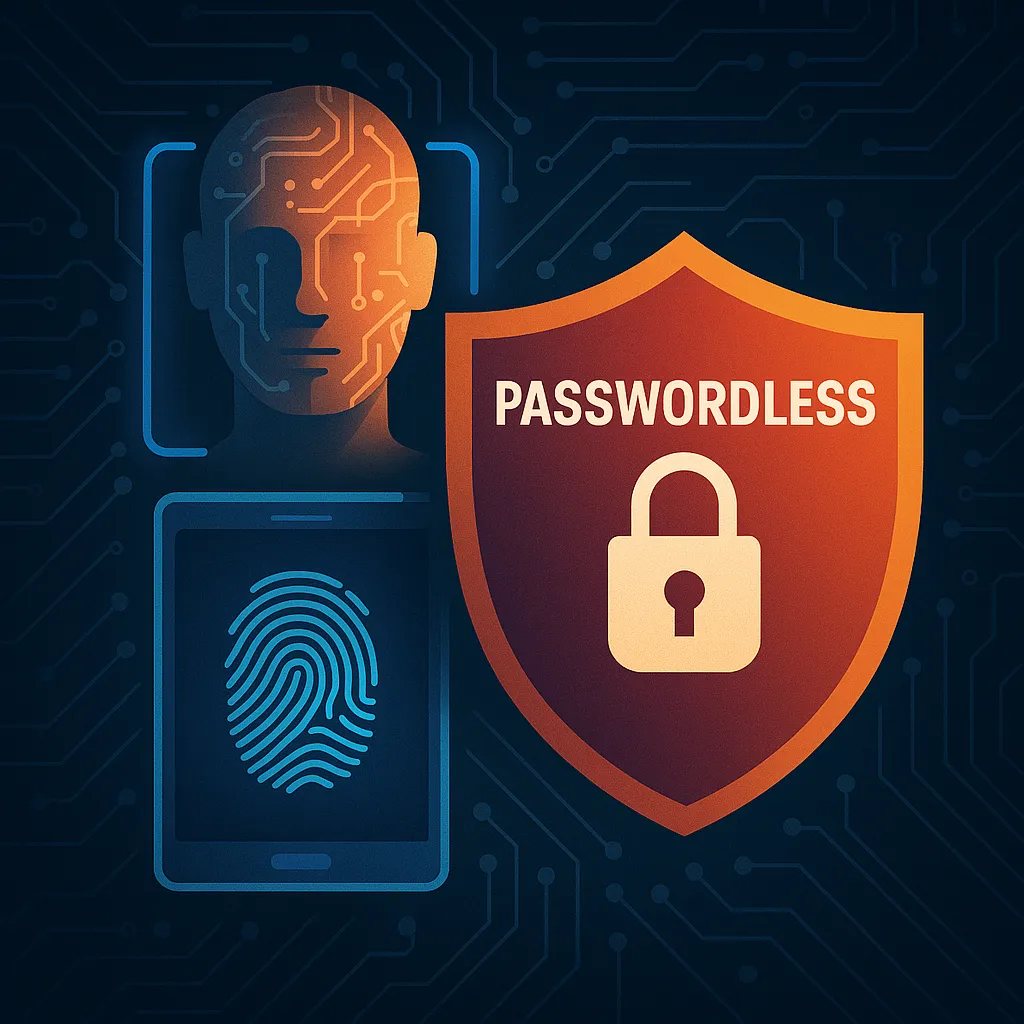Unlocking the Potential of Biometric Authentication in Cybersecurity
As digital technologies evolve, the importance of safeguarding our digital identities cannot be overstated. Biometric authentication stands out as a robust solution, merging convenience with high security. This advanced technology uses unique human characteristics—such as fingerprints, facial recognition, and even retinal scans—to grant access to devices and services. This blog post explores how biometric authentication is reshaping cybersecurity, driven by recent innovations and increasing adoption across various sectors.
Understanding Biometric Authentication
Biometric authentication is a security process that relies on the unique biological characteristics of an individual to verify that they are who they say they are. This method is considered more secure than traditional passwords or PINs because it is much harder to replicate someone's biometric markers than to steal a password.
Recent Advances in Biometric Technology
Recent advancements have greatly enhanced the reliability and range of biometric technology. For instance, companies like August and Yale have incorporated biometric verification into their smart lock apps to enhance security, allowing users to authenticate via biometrics to access entry codes (source). Additionally, scientists have begun to implement AI and infrared sensors to create more sophisticated biometric systems that are less prone to errors and can operate in various environmental conditions (source).
The Growing Popularity of Biometrics
Biometric authentication has seen a surge in popularity. This surge is evidenced by the increasing demand in sectors such as finance where the National Payments Corporation of India (NPCI) is pioneering the use of biometrics to secure transactions via the Unified Payments Interface (UPI), moving away from traditional PINs (source).
Cybersecurity Implications
While biometric authentication enhances security, it also introduces new challenges. Biometric data, if compromised, cannot be changed like a password. This makes safeguarding biometric data of paramount importance. Effective data encryption and secure storage practices are essential to prevent unauthorized access to biometric information.
Conclusion
Biometric authentication is revolutionizing security by providing a seamless, yet secure way of protecting our digital lives. As this technology continues to evolve and integrate into more aspects of our daily interactions, understanding its proper implementation and potential risks is crucial. Adopting robust biometric systems that respect user privacy and are resistant to fraud is essential for harnessing their full potential without compromising personal security.

